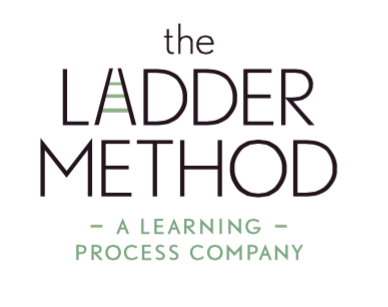What Makes a Good Goal?
photo via istockphoto & AntonioGuillem
What is a New Years Resolution other than a goal? Goal-setting is one of the most important skills to develop, both in school and in life. But what makes a good goal? To answer that question, we must first figure what type of goal we wish to set, and then what your goal should look like.
Types of Goals:
There are two types of goals; Short-Term Goals and Long-Term Goals.
Short Term Goals can be achieved today, this week, or this month. They are often practical and quantitative. For example “I want to get an A on my math test on Friday.” For more information on Short Term goals, see the video from our founder, Candice, right above!
Long Term Goals are achieved far later out, from six months to multiple years! They can be quantitative as well, but it is easier to make qualitative changes when given a longer time frame. For example, “I want to get into Berkeley,” is a quantitative Long Term Goal: it is based on the factual result (getting into Berkeley.)
“I want to feel less anxious before tests,” is a qualitative Long Term Goal: the result is based on a feeling you notice in yourself. Both are incredibly valid and important.
Characteristics of a Goal:
Now that you know what type of goal you wish to set, what should it look like? A good goal should be realistic—you probably won’t be able to become an astronaut by May— but still somewhat challenging.
Goals should also be specific! You need to be able to recognize when you’ve achieved your goal, making it too vague will make it hard to see when you’ve accomplished it.
Maybe you set a resolution on New Years Day and have been working toward it already, or maybe you’re still figuring out your goals for the New Year. Wherever you’re at in the process, keep your goal challenging and specific, and you can do anything!

